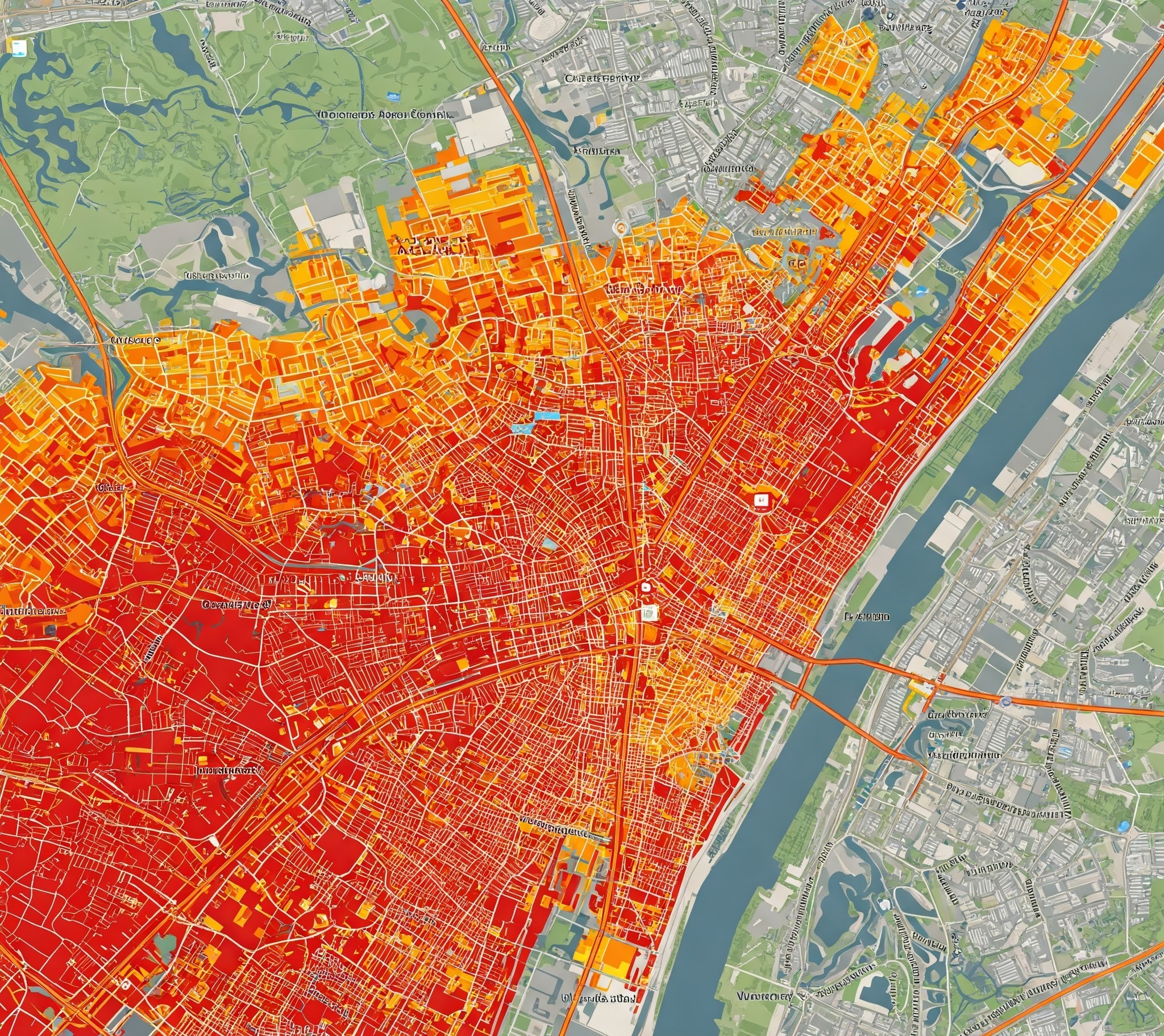
Maximizing Brand Visibility Through Targeted Routes
Learn how strategic route planning amplifies your advertising campaign, reaching the right audience at the right time.
State-of-the-art advertising isn’t just about the message—it’s about where and how you deliver it. Targeting high-traffic areas with well-planned routes ensures maximum visibility for brands seeking an edge in a saturated market.
The Importance of Targeted Routes
In a city teeming with advertisements, consumers often tune out static billboards. Mobile ads stand out by capitalizing on movement. By strategically planning routes, drivers circulate through neighborhoods and times of day where brands can generate the most engagement.

Strategies for Optimal Exposure
- Commute Timing: High-volume traffic during rush hours yields 40% more impressions
- Event Targeting: Concerts, festivals, and sports events offer diverse audiences
- Neighborhood Segmentation: Tailor messaging to local demographics for greater relevance
By focusing on when and where your vehicle advertisement appears, campaigns achieve significantly higher engagement compared to static billboards.
Beyond the Basics: Micro-Targeting & Data Analytics
More advanced marketers utilize micro-targeting, where data analytics drive route choices based on hyper-local consumer behaviors. This ensures that the vehicles pass by relevant areas—for example, families in suburban neighborhoods or tech-savvy professionals near office parks. By leveraging real-time data (such as weather forecasts, regional events, or local traffic congestion), routes can be dynamically adjusted throughout the day.
Dynamic Routing in Action
Imagine a scenario where an upcoming concert is forecasted to draw a large crowd. With dynamic routing, advertisers targeting music enthusiasts can shift their vehicles to the concert vicinity during peak ingress and egress times. This level of optimization amplifies brand exposure in a matter of hours, rather than months.
Driving Business Success
Advertisers often see immediate impacts from targeted routes:
Case Study: Cityscape Fitness Center
By concentrating on office complexes and downtown areas during lunchtime, the gym observed a:
- 35% increase in membership inquiries
- 20% boost in class attendance
- Higher brand relevance among corporate professionals
"Our downtown routes helped us reach a target audience we previously struggled to attract through traditional media." - Greg Martin, Manager at Cityscape Fitness
AdWorld Vision's Route Planning Tools
Our platform simplifies route optimization:
- Data Analytics: Leverage real-time traffic reports and demographics
- Route Matching: Automated suggestions tailor routes to brand objectives
- In-App Guidance: Drivers receive timely alerts about potential high-impact zones
- Adaptive Scheduling: Adjust driver shifts to correlate with events and peak traffic patterns
These techniques not only expand brand reach, but also reduce inefficient ad spend by concentrating investments where they have the highest likelihood of success.
Bottom Line
Targeted routes are a game-changer for advertisers, offering unparalleled access to new markets and demographic segments. By weaving ads into the daily fabric of city life—and leveraging real-time analytics—businesses can spark brand recognition, foster meaningful community relationships, and build lasting customer loyalty.
Quick Tips
- Adapt routes based on real-time data
- Focus on events and peak traffic hours
- Use driver incentives for route adaptability
- Leverage micro-targeting to reach nuanced demographics